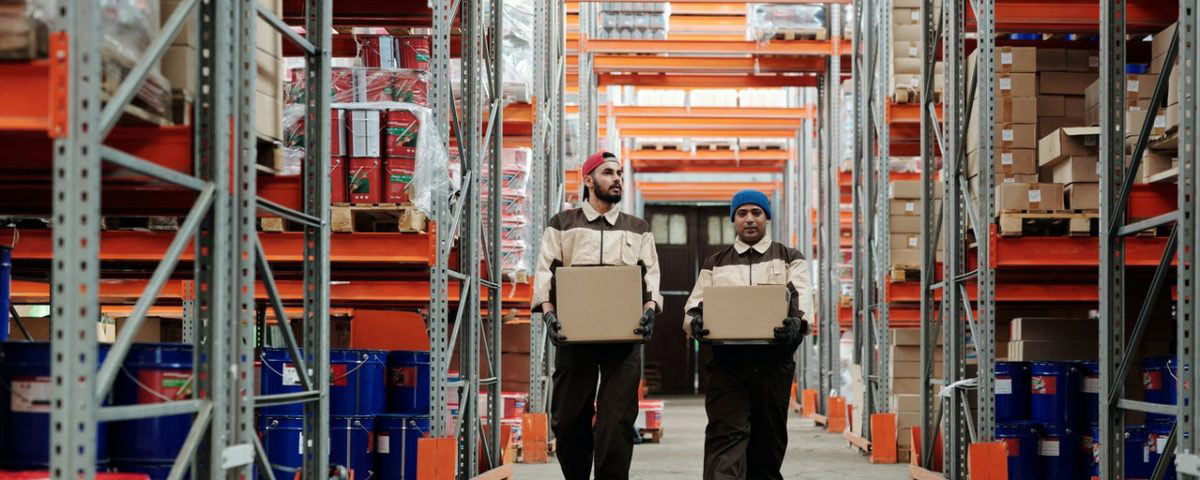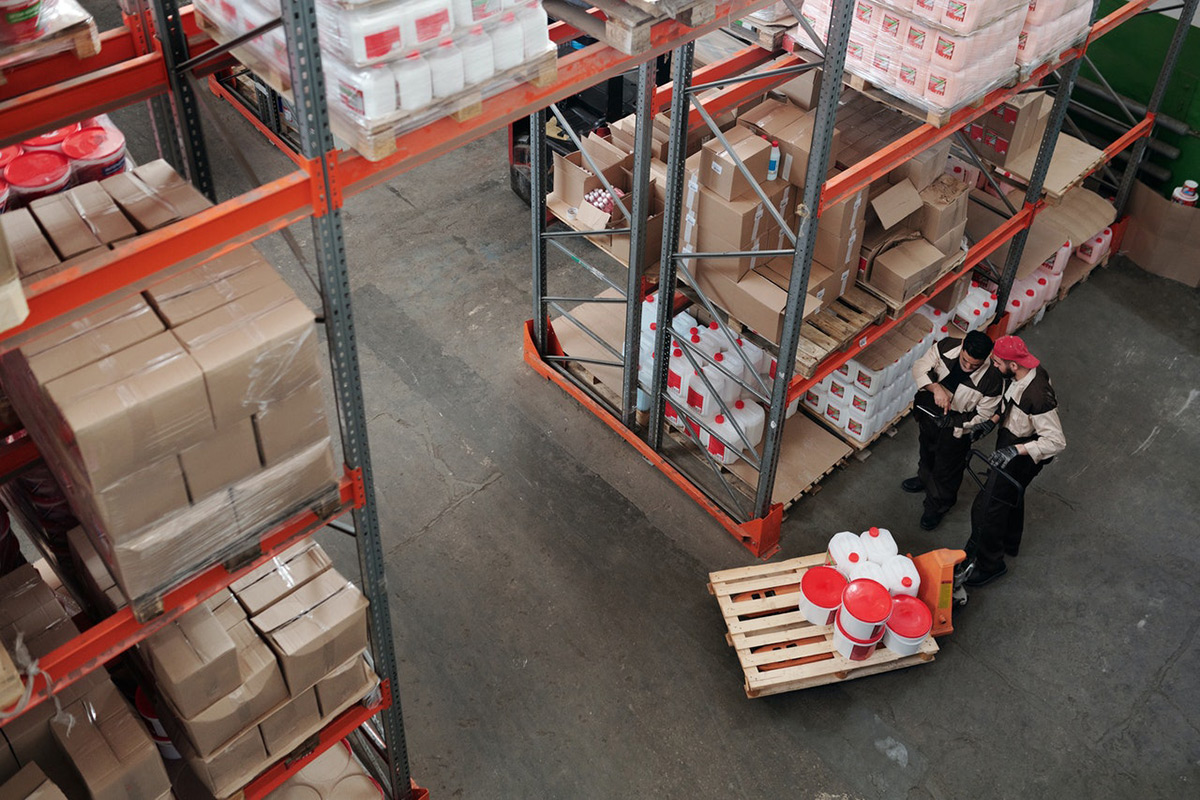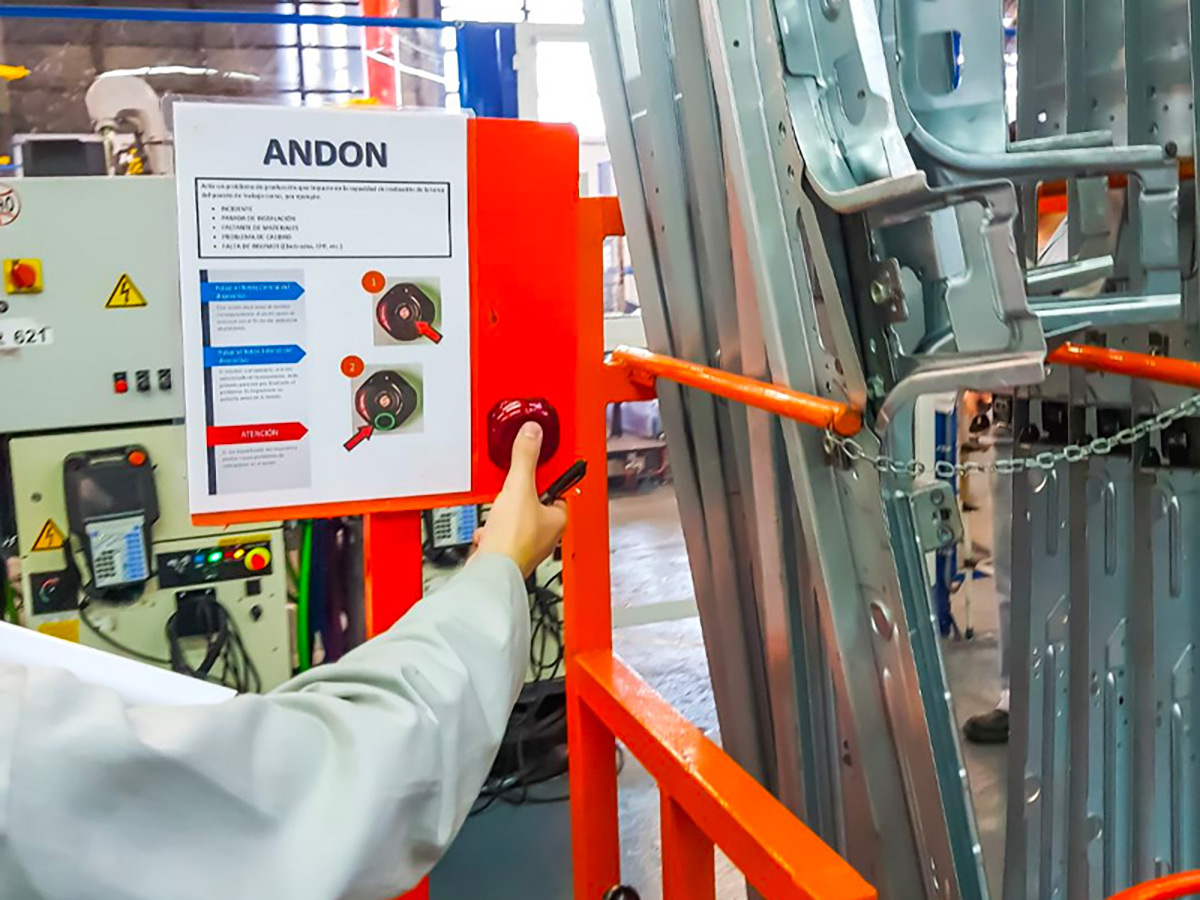
Managing a warehouse means much more than receiving and shipping goods—it involves planning for storage and managing supplies and inventories, which all come with unique challenges. Looking for ways to make your warehouse more efficient can lower costs and save time while increasing revenue and customer satisfaction.
We’ll cover the top 10 challenges that the warehousing industry faces today and leave you with some tips to overcome those challenges.
Related: 10 Ways to Improve Hospitality
Time Management & Communication

Time management is a crucial issue in warehousing, and we can improve it significantly by optimizing our picking practices and how we organize our inventories. For example, if you don’t know the exact location of your products, execution times fall, and the whole supply chain sees delays.
In addition, communication is a massive challenge within a warehouse’s logistical chain. Effective communication improves productivity, and if everyone is on the same page, you can plan and execute your shipments much more quickly.
How do you handle communications at your warehouse? Could your processes be better? Learn how Smart Call can speed up the attention and responsiveness in your warehouse to increase your efficiency—Get your free demo here!
Low Connectivity and Traceability
With the technological advancements in the warehousing industry, we know who manufactured and transported raw materials, which lot they came from when they were moved, and who was in charge. However, these benefits come with inconveniences, too.
We have to record each step in the logistical chain and gather data to make the best use of it. This problem results in a loss of control over some of the products and over the continuity of the supply line. Luckily, with new software and tools, we have connectivity within and outside of our warehouses to plan and execute our supply chain more efficiently.
Excess Stock
Sometimes, when we store products from a single channel, we can end up with too much stock. With excess stock comes some problems that result in our accumulated goods becoming an expense instead of an asset. The solution is omnichannel warehouses. They can help lower your total supply inventory, give you better visibility on product availability, and simplify order preparation and logistics.
Not Enough Space
Not having the space to store all of your goods is a huge issue that many in the warehousing industry face even today. Other than negatively affecting inventory, having a packed-full warehouse can result in losing time looking for products, lowering the quality of your merchandise, and fostering an environment prone to workplace accidents.
We must make better use of our available space and improve our storage systems. Maximizing vertical space can increase picking and dunnage efficiency while lowering the costs of operation and inventory.
Employee Issues

With labor shortages and high turnover in the warehousing industry, the lack of employee training can delay the entire supply chain, creating inefficiencies and additional expenditures. Particularly on the logistics side, employees and warehouse management should undergo consistent training. In addition, they should assess and monitor KPIs to improve productivity throughout the warehouse.
Related: Top Challenges Facing Retailers in 2022
Damaged Products
Damaging items stored in your warehouse is basically throwing money out the window. When products get damaged, it directly affects your costs and bottom line. To overcome this challenge, it’s best to use pallets that warehouse employees can stow, lift, and wrap. It’s also crucial to have safe, clean, and well-lit warehouses to protect your products and workers.
Inaccurate Inventory & Outfitting
Having too much or too little of a product becomes a problem for warehouses quickly. Ultimately, it translates into lost sales or storage expenses. The solution is to implement better inventory practices, like going from manual entry to inventory management software. This transition can help the warehousing industry create more transparent, accurate outfitting and ensure that each invoice matches their purchasing orders.
Too Many Processes
This is a challenge that almost every warehouse faces: extra operations like reprocessing, reworking, or other unnecessary procedures due to shortages, overproduction, or product defects. By taking steps to remove obsolete steps in our processes, we can get closer to lean and agile methodologies to improve margins and customer satisfaction.
The Volatility of Demand
Demand can change at a moment’s notice, and in the warehousing industry, it happens all the time. Internal and external factors both affect this, like changing seasons, different weather, and economic changes. Staying on top and staying prepared can help you keep on top of demand volatility. Having the information you need (when you need it) can help you forecast demand more accurately and avoid other challenges, like having excess inventory or a lack of stock, resulting in fewer sales.
Delays in Processes
The reverse logistics and gathering processes bring even more challenges to the warehousing industry. One of the best ways to avoid these delays is by updating your processes. For example, stop manually entering SKUs and use scanners integrated with your inventory management system to get accurate, real-time records. With the right systems in place, you can shorten response times and see increased employee productivity.
How to Make Your Warehouse More Efficient

Finally, let’s talk about some best practices you can implement to help overcome the challenges facing the warehousing industry and increase your efficiency:
- Implement a supplier’s fulfillment program. You can improve your relationships with your vendors, resulting in better product handling and faster transport times.
- Use stock-taking cycles continuously throughout the year instead of typical inventory checking that happens once or twice. You can more easily control your inventory, avoiding delays and interruptions in your business operations.
- Use cross-docking techniques to move products directly from your vendors to the client. You can reduce storage costs and optimize shipping times.
- Implement dynamic slotting. You can change the location of your products throughout your warehouse according to demand, improving gathering times and minimizing delays.
- Set up electronic notification and communication programs. You can make warehouse operations, customer satisfaction, and labor planning easier.
Related: Destec Solutions for the Manufacturing Industry
Every warehousing company has unique logistical needs, but with the right planning, strategies, and tools, you can improve your efficiency to mitigate the challenges facing the industry today.
Book your demo of Smart Call today and see how we can help increase your revenue, improve your performance, and enhance the efficiency of your warehouse operations.



